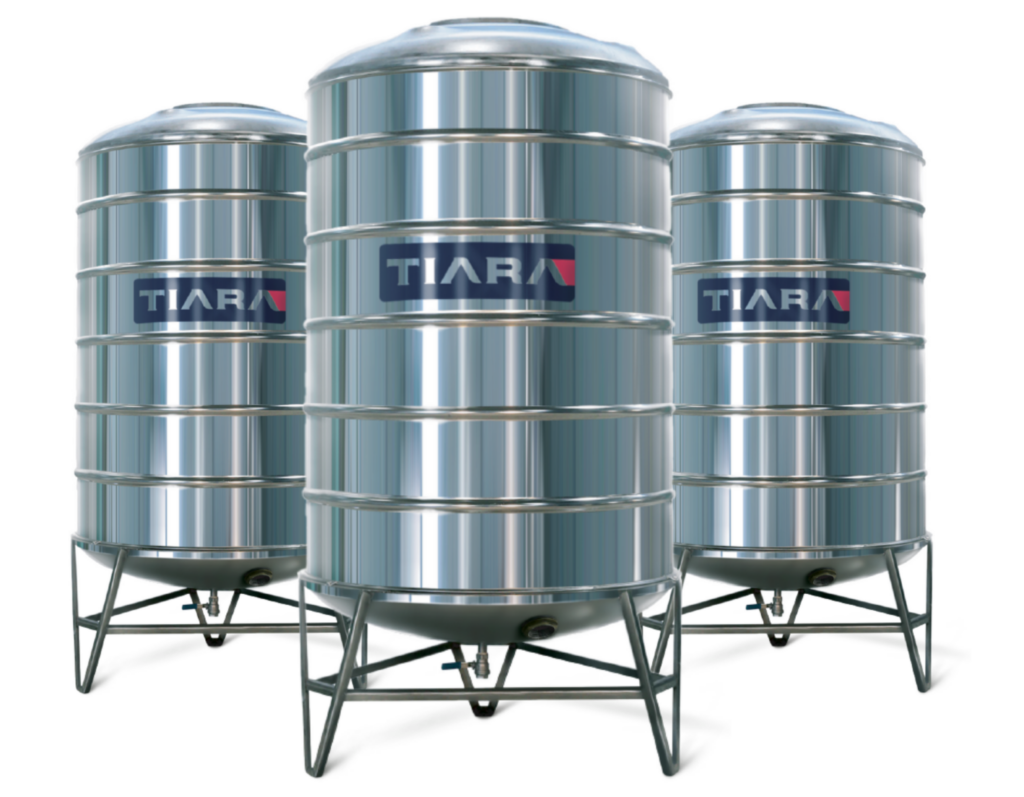
Waterborne diseases pose a significant threat to global health, especially in areas with inadequate sanitation and access to clean water. These diseases, caused by pathogenic microorganisms like bacteria, viruses, and parasites, can lead to severe illness and even mortality. The role of stainless steel in combating these diseases is crucial due to its durability, resistance to corrosion, and hygienic properties. By ensuring safer water systems, stainless steel contributes to reducing the transmission of waterborne diseases and enhancing public health.
What Are Waterborne Diseases?
Waterborne diseases are infections that spread through contaminated water. Cholera, typhoid fever, hepatitis A, dysentery, and cryptosporidiosis are common examples. Contamination can occur due to poor water treatment, faulty infrastructure, or pollution from human and industrial activities. Preventing these diseases requires robust systems to ensure water quality, and the materials used in those systems play a vital role.
Why Stainless Steel Matters
Stainless steel is a widely used material in water distribution, storage, and purification systems due to its properties:
Corrosion Resistance: Stainless steel is resistant to rust and corrosion, even in environments containing chemicals or saline water. This is crucial for maintaining the integrity of water systems, preventing leaks, and ensuring clean water delivery.
Hygienic Surface: Its smooth surface resists bacterial adherence and growth, making it easy to clean and sanitize. This helps prevent microbial contamination in water systems.
Durability: Stainless steel is strong and long-lasting, capable of withstanding high pressures and temperatures. It ensures reliable water infrastructure, reducing risks of system failures and contamination.
Eco-Friendly: Stainless steel is 100% recyclable, making it a sustainable choice for water systems. It contributes to reducing waste and environmental impact.
Applications in Water Systems
Stainless steel is widely used in the following ways to prevent waterborne diseases:
Water Storage Tanks: Stainless steel tanks provide a safe and hygienic option for storing water. Unlike traditional tanks made of plastic or concrete, stainless steel tanks resist microbial contamination and chemical reactions.
Pipes and Distribution Networks: Stainless steel pipes maintain water quality during transportation, ensuring clean water reaches households and communities. Their resistance to leaks and contamination is essential for public health.
Purification Systems: Many water treatment plants use stainless steel components in filtration systems and desalination processes due to their durability and hygienic properties.
Food and Beverage Industry: Stainless steel equipment is commonly used for water purification in industries to avoid contamination and maintain hygiene standards.
Impact on Public Health
Stainless steel’s role in preventing waterborne diseases goes beyond infrastructure. It ensures the availability of clean and safe water, which is vital for drinking, cooking, sanitation, and hygiene. Access to clean water reduces the prevalence of diseases like diarrhea, which remains a leading cause of mortality, especially among children under five years old.
Furthermore, investing in stainless steel for water systems supports sustainable development goals (SDGs) related to clean water and sanitation. It enhances the resilience of communities, particularly in regions prone to water contamination and disease outbreaks.
Conclusion
The adoption of stainless steel in water systems is a forward-thinking approach to combat waterborne diseases. Its hygienic properties, resistance to corrosion, and durability make it indispensable in the fight against contaminated water. By improving water infrastructure and ensuring safe water access, stainless steel contributes significantly to public health and global efforts to eradicate waterborne diseases. As technology advances, the role of stainless steel will continue to evolve, paving the way for safer and more sustainable water solutions.


